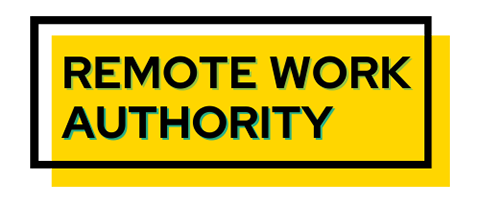As many companies call employees back to work in hopes of we started in the workplace to its pre-pandemic state, workers continue to seek jobs with the potential for remote work. Here are five interesting insights about the demand for remote work today.
Remote work continues to be popular among workers. Not everyone wants to work from home every day, but many workers like the idea of splitting their weight between home and the office. While some employers expect employees back at work, many are agreeing to hybrid arrangements or even fully remote positions as the demand for remote work changes.
5 Things To Know About Remote Work In 2023
1. What do the stats show about the availability of remote jobs?
In October 2022, 50% of LinkedIn job applicants wanted remote jobs, yet only 15% of postings were for remote work. By December, the posting slipped to 13.2%. whole 53.8% of job seekers sought remote. Other job sites and recruiters noted the same disparity.
While no general statistics are available to show the percentage of remote job openings to seekers in August 2023, a quick Google search shows that plenty of remote jobs are available. Someone might have to search a number of sites to find the right fit.

2. What are the trends regarding the demand for remote work?
Study after study shows that younger workers prefer to put in more time in the office than other groups, but growing numbers of workers of all ages value the ability to work from home or another location out of the office for at least part of the week.
Data from WFH Research confirms that 65.5% of employees work remotely 1-5 days per week, while 34.5% are in the physical office every day. However, 79.8% would like some remote days vs. 18.3% who prefer to commute to work.
Job seekers prefer to be well compensated but are willing to trade off money for flexibility. A study by staffing firm Robert Half indicated that a third of workers would take an average pay reduction of 18% to be able to work remotely.
3. What remote jobs are growing?
Some companies, in well-publicized moves, have cut back on remote jobs. While other companies remain committed to hybrid and remote work, some skills are relevant to available work-from-home jobs. Dynamite Jobs reports that 85% of their jobs fall in these top ten job categories.
1. Developer / Engineer (20.61% of total jobs)
2. Marketing (11.96% of total jobs)
3. Business Development and Sales (11.48% of total jobs)
4. Product Management and Engineering (9.09% of total jobs)
5. Management and Operations (6.91% of total jobs)
6. Finance / Accounting (6.84% of total jobs)
7. Data Analyst (4.91% of total jobs)
8. Customer Support (4.85% of total jobs)
9. Design (4.45% of remote job postings)
10. Human Resources / Recruiting (4.07% of total jobs)
Jobseekers with up-to-date skills in these areas have an excellent chance of finding a remote position.

4. What companies are hiring remote workers in 2023?
Some companies such as Google, Amazon, CVS, Starbucks, Disney, Apple, and others have mandated that employees return to work, often full-time. Amazon is even expecting people who moved out of town during the pandemic to report to work a few days a week.
Many other companies, such as Citigroup, Airbnb, Hubspot, Intel, 3M, and PayPal are happy to offer remote and hybrid opportunities throughout the country. Sites such as FlexJobs offer updated lists of comings offering WFH opportunities.
A worker with a background that meets the needs of top companies still has an excellent chance of getting a job with opportunities for full or partial remote work.
Popular remote work jobsite FlexJobs reports that the top remote jobs titles in 2022 were:
- Accountant
- Executive Assistant
- Customer Service Representative
- Senior Financial Analyst
- Recruiter
- Project Manager
- Technical Writer
- Product Marketing Manager
- Customer Success Manager
- Graphic Designer
5. What changes are on the horizon for remote jobs?
As employers and workers grapple with the challenges of remote work opportunities. the rising popularity of AI promises additional changes to the workforce. Stanford economics professor Nicholas Bloom Warren said artificial intelligence will replace about 85 million jobs by 2025 as employers look to cut costs.
Many companies are already outsourcing certain jobs to India, Mexico, the Philippines, and other countries where wage rates are lower. Some of these jobs involve repetitive tasks that can easily be replaced with AI.
The most stable jobs – those least threatened by AI – are those requiring specialized technical and interpersonal skills. Employers are less likely to replace remote jobs with AI in areas such as finance, computer technology, and technology, where they can measure worker productivity even when work is done offsite. AI will only help people do these jobs better.

Those in fields like copywriting, graphics, website design, and digital creation have already found that AI offers a valuable assist to content creation.
AI might replace some jobs, but it is likely to redefine some and create others as people find new ways to make it useful.


